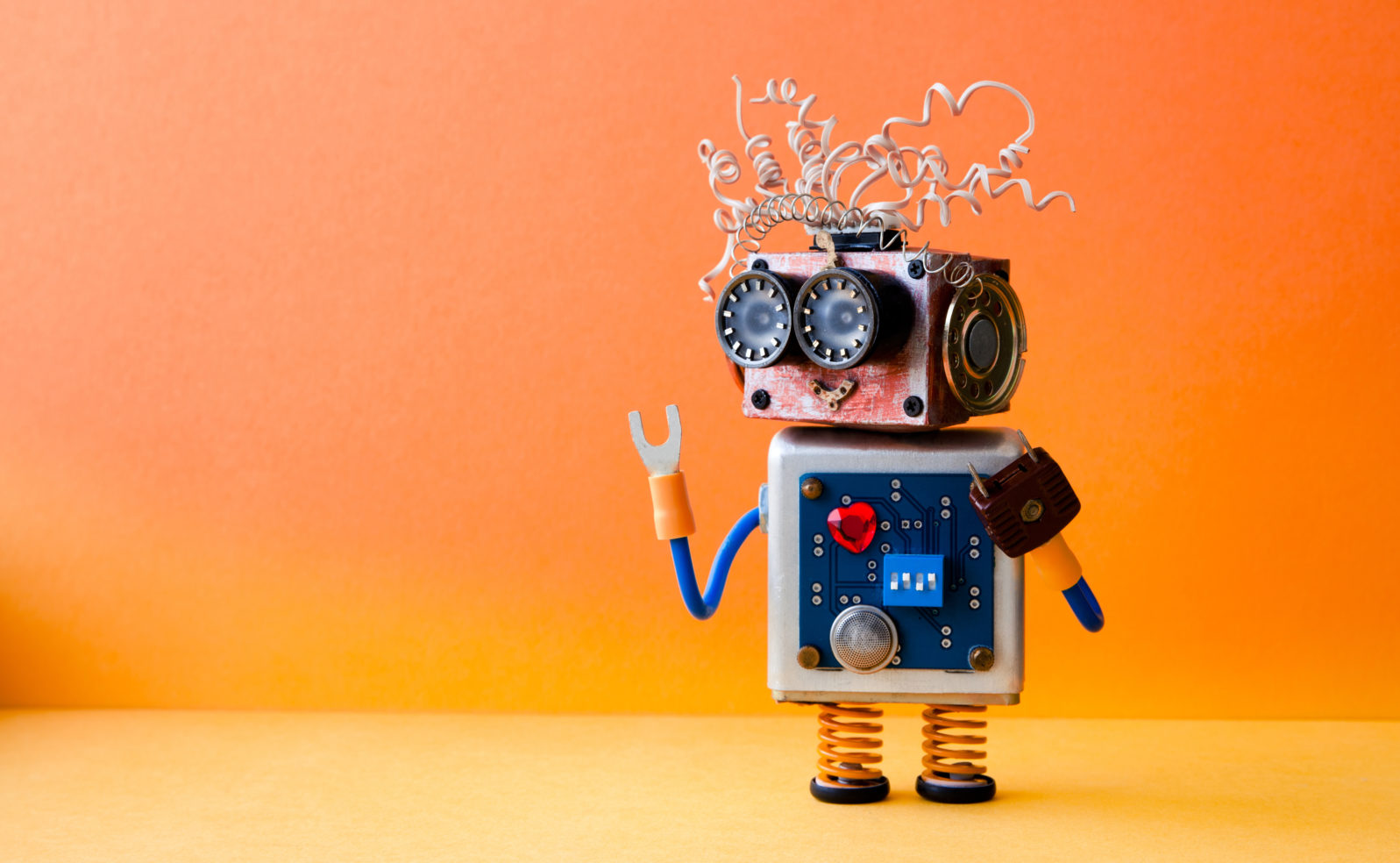Tesla’s Optimus is Sub-Optimal
With other robotics programs far outrunning Tesla, it can be hard to see what Elon Musk is adding to the field and why he's even tryingAs promised, Elon Musk demonstrated his prototype robot “Optimus” at the 2022 Tesla AI Day. The original plan for the robot included:
- Navigating the world through AutoPilot (the Tesla vehicle’s driver assistance system)
- Being able to perform repetitive or dangerous tasks safely
- Being able to be instructed using natural language instead of programming
A year later, the Tesla robot has not even remotely demonstrated the ability to do any of these things with any sophistication. That’s not surprising given Elon Musk’s penchant for promising things and not delivering them, but it does drive home the point that many of Musk’s mistakes stem from his more general misconceptions about the nature of the world. Musk is great at organizing people, capital, and ideas to fulfill a vision. However, when your vision of the world is faulty, this leads to a massive drain on capital and a waste of time and resources.
The current version of the Tesla robot is markedly behind other robot implementations by other companies. Boston Dynamics, for instance, has been building humanoid robots which navigate problematic terrain for over a decade. Their model from a decade ago can do more than Tesla’s Optimus and even maintains balance when the creator shoves it. The Tesla Bots looked unstable, and in their most recent version, required a team of engineers to follow it around to keep it from falling over.
When you compare where Tesla is in robotics to other companies, one wonders why they got involved in the first place. Did they have something special to offer? Or was it a distraction from the fact that their other product announcements—the Cybertruck (expected in 2021), the Semi-truck (expected in 2020), and the Roadster (expected in 2020)—continue to drift behind schedule? Most likely, Musk is trying to rekindle his image as an innovator and views robotics as the place to do it. However, compared to robotics even five years ago, Optimus falls flat, and not only by a bit. Here are some demonstrations from a variety of companies with robotics efforts:
- Tesla’s most recent demo, for comparison.
- Agility Robotics has created Digit, which is an actual useful humanoid robot for the workforce. Digit can do warehouse activities and can sense other humans in the environment to avoid safety risks. Agility Robotics has been shipping production humanoid robots to help in warehouses for two years now.
- The Nextage Fillie robot from Kawanda Robotics can handle more intricate assembly tasks like putting components and packaging together. This robot doesn’t have legs, but is otherwise humanoid, which allows it to be very flexible in the types of tasks it can perform.
- Hanson Robotics’ Sophia was able, four years ago, to walk, hold conversations, and have lifelike expressions.
- Boston Dynamics’ Atlas can engage in Parkour, including performing backflips. Their Handle robot is cool, too.
- Softbank Robotics has a whole slew of humanoid robots that function in different environments.
- For smaller-size robots, there are a whole host of humanoid robots on the market right now that are fairly inexpensive.
These are just a smattering of the available robots right now, many of which already do the things that Musk is suggesting for Optimus. So, what does Optimus bring to the table? Musk says that it will be able to follow human instructions, but there is presently no evidence for that. Optimus is based on the Tesla autonomous driving system, and it lacks that kind of capability. Therefore, this feature seems to be more “hopium” than reality, and there are general reasons why this idea probably won’t work.
So, Tesla’s Optimus is way behind the state of the art. It represents Musk’s failed attempt at maintaining his status of entrepreneurial innovation more than it showcases a real usable product in the future. Musk himself says that the timeline for the first shipping units is 3-5 years away. As for the features, Musk says they will be “incredible” in 5 years and “mind-blowing” in 10 years.
I’ll believe it when I see it.
